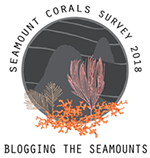December 15, 2018
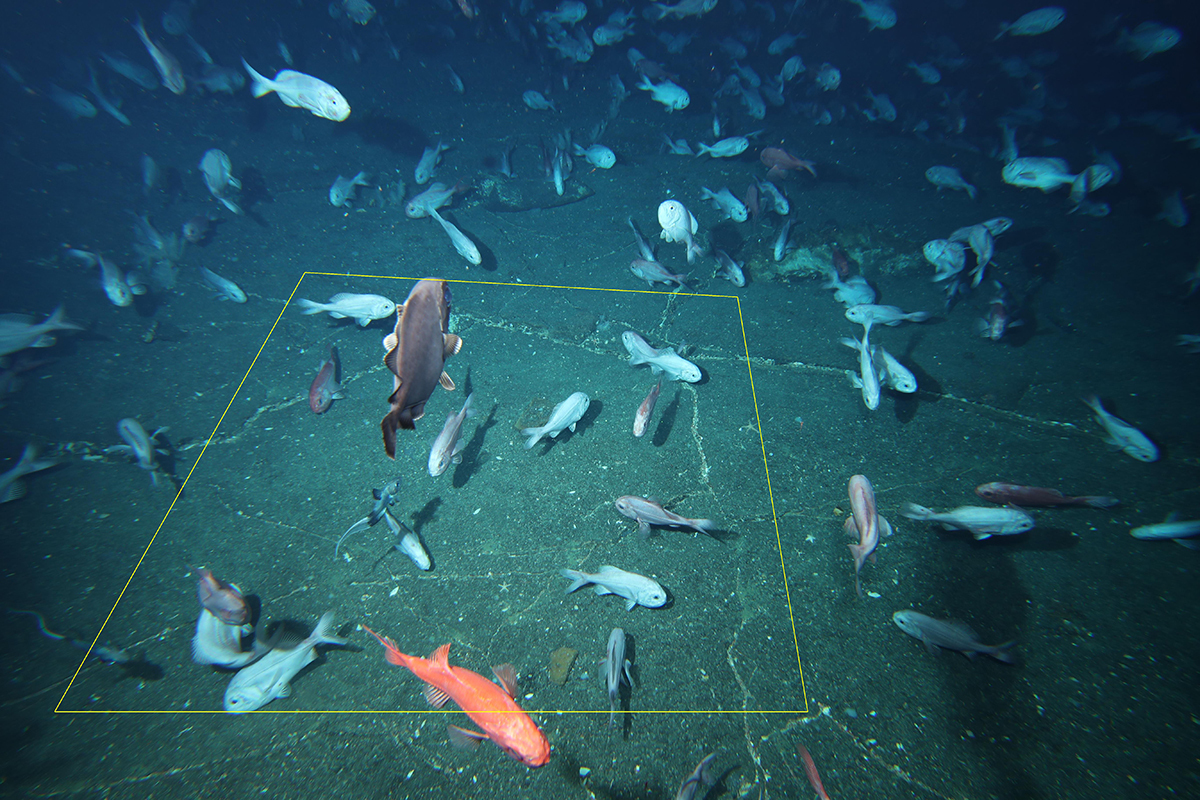
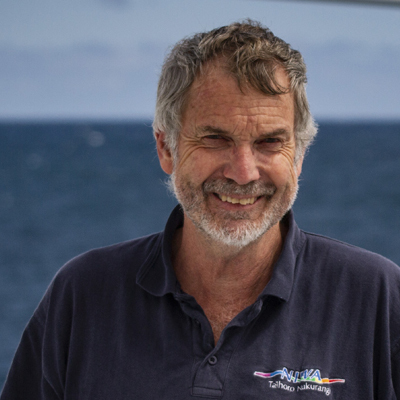
Day 23: Malcolm Clark, NIWA, New Zealand
So, here we are. On an Australian vessel, off the Australian coast, with a complement of 39 Australian scientific staff-and one New Zealander. However, the trans-Tasman connection is much deeper than this situation suggests.
Links in deep-sea research between the two countries are strong and date back to the 1980s-early 1990s when assessing the size and status of orange roughy stocks was a key research issue for both NIWA and CSIRO. Independently, researchers in the two institutes developed research programs in the late 1990s on seamounts, with an initial focus on the potential impacts of fishing, as deep-sea fisheries for species such as orange roughy and oreos targeted seamount features. However, Australasian seamount research took on a much more international flavour in 2005 when the global Census of Marine Life initiative started a field program on seamount biodiversity. The program was led from New Zealand (NIWA-Malcolm Clark, Mireille Consalvey, Ashley Rowden), but the Steering Committee and working groups included several Australian scientists (Thomas Schlacher USC, Alan Williams CSIRO). This created an excellent working relationship that has continued to the present, and this survey.
Scientists from both countries cooperated in the original application for vessel time back in 2016, because these types of time-series surveys to assess changes over time and potential recovery in deep-sea ecosystems are very rare globally. Australian scientists carried out surveys on the Tasmanian seamounts in 1997 and 2007, and similar work on seamounts off New Zealand was conducted by NIWA in 2001 and 2006. These surveys led to the publication of a joint paper in 2010 (by the CSIRO-USC and NIWA teams including five members of the current Investigator survey) indicating that recovery of corals would be very slow in such deep-sea environments.
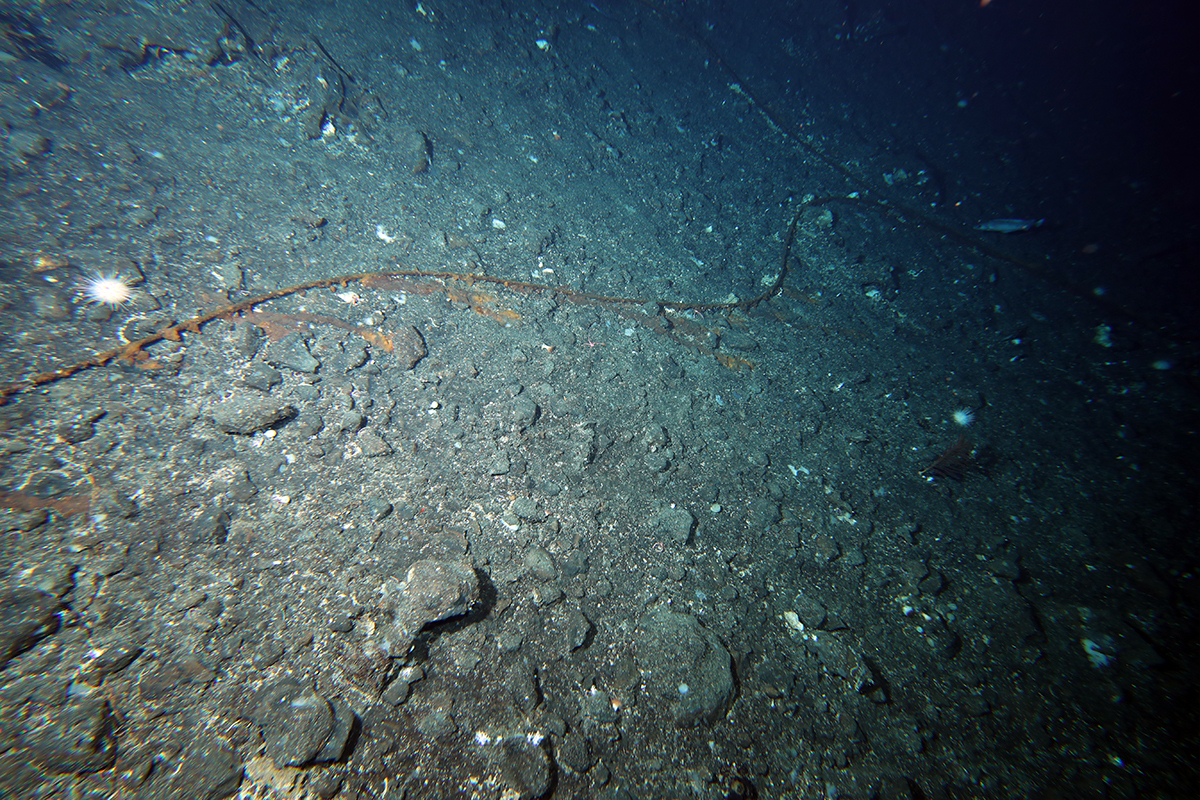
Since then, New Zealand has added two further surveys (2009, 2015), and these results can combine with the 2018 Investigator survey to provide scientists in both countries with complementary data from seamounts in different locations to compare and evaluate the generality of patterns over time. This in turn can give managers in Australia and New Zealand greater confidence in the underpinning science for assessing the efficacy of management approaches to balance conservation of seamount habitat and exploitation of fishery resources. Results are also of interest to the South Pacific Regional Fisheries Management Organisation, as many seamounts in its jurisdiction outside the Exclusive Economic Zone of countries across the South Pacific have been trawled for orange roughy and other deep-sea species.
So, it is no coincidence that this survey has brought together an experienced group of researchers from Australasia, and was always intended as a trans-Tasman collaboration. Although the lone kiwi scientist onboard is heavily outnumbered, cooperation among the team on the ship is excellent and there is only limited talk about rugby, bowling styles in cricket, or sheep!
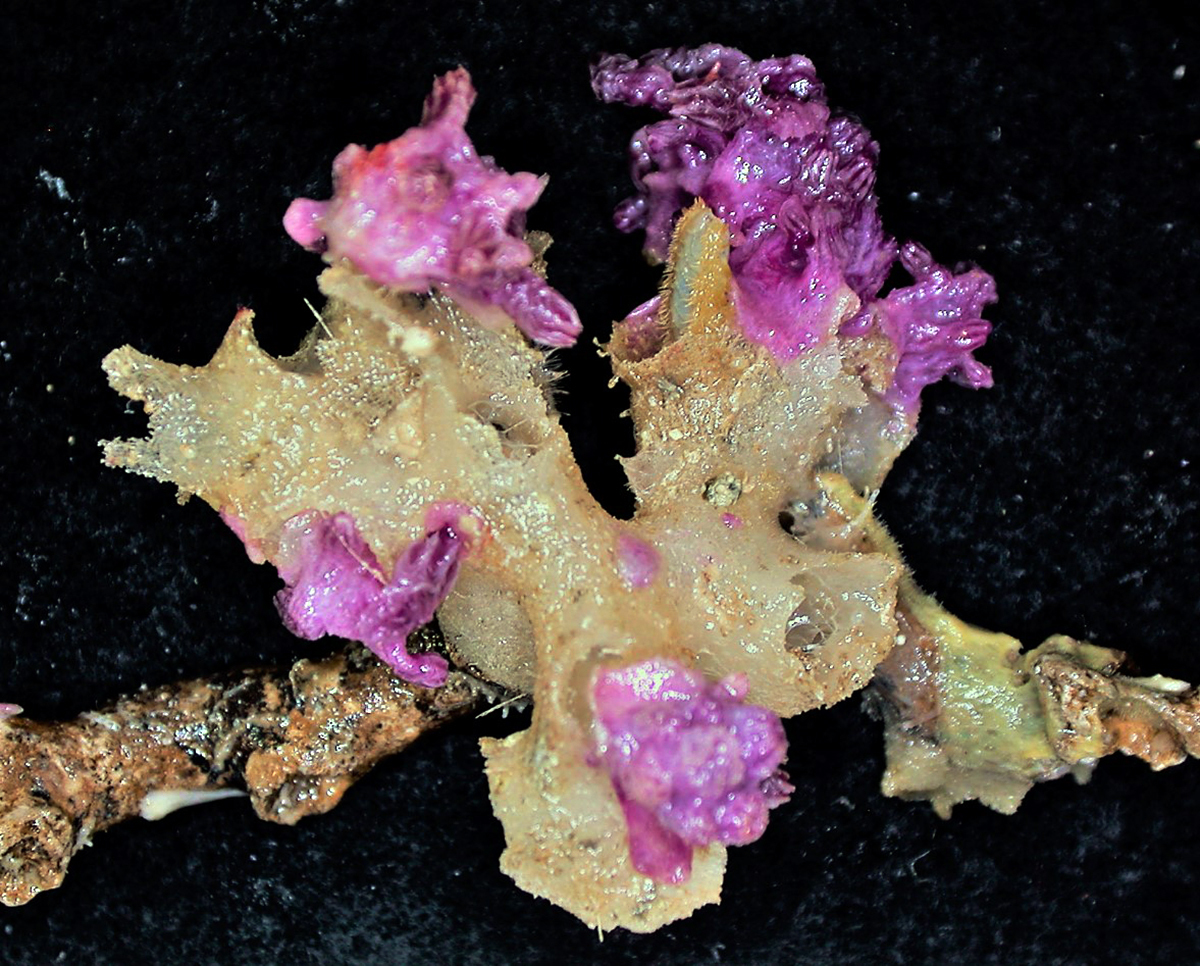
Notes on today's activities from Marine Biodiversity Hub Director, Nic Bax . . .
Our last day surveying the seamounts of Tasmania. Three final deep-tow camera transects and a final beam trawl at 1450 metres completed our sampling down here. At midday we headed north to exchange a few scientific staff in the sheltered waters of Opossum Bay, before heading north to survey one final seamount. This last seamount is an isolated seamount off St Helen’s, NE Tasmania and the site of the main spawning aggregation and fishery for orange roughy in Australia. Ten years ago, soon after fishing ceased, this well-fished seamount was covered in urchins, which we speculated were early colonisers. There has been minimal fishing in the past 10 years, so we are keen to see which animals have returned to this seamount. We have time allotted for eight towed transects and hopefully time for a couple of additional tows and a beam trawl or two on the adjacent continental shelf, but with weather predicted to come in from the east, this might be a challenge.
We headed south 21 days ago to resurvey the seamounts first surveyed in 1996 with a drop camera and in 2006 with an earlier towed camera and an earlier ship. In 2006, we completed 34 deep-tow camera transects. Twelve years later we completed 136 transects – a fourfold increase. We also undertook 12 beam trawls, 11 of which were successful, 10 CTD drops for water column chemistry (including two for carbonate chemistry and one for eDNA), two successful fishing trips for deepwater basketwork eels, eight BRUVs (six successful), located three of five settlement plates, and collected high resolution swath to characterize the bottom topography and hardness of key seamounts.
Additional to the primary research objectives we conducted continuous bird and mammal surveys (at least during daylight hours) and measured deepwater sound absorbtion to improve future acoustic biomass assessments. We head north with an enviable body of data on the fauna that live on seamounts, their vertical biogeography and the first indications of what lives off the seamounts. We believe that there is no other place in the world that has this number and diversity of seamounts, with a variety of fishing and conservation histories, so it will be exciting to get back and explore the patterns that emerge from analysing these data.
It will take a while to understand the full extent of the undescribed species that we have collected, but we do know that for the molluscs we have collected at least 35 live and 120 dead undescribed species. We also collected live specimens of coral to identify what we had been seeing on the cameras. These live specimens also provide the means to improve species identification for some existing species with unlikely distributions. For example, the purple encrusting coral that based on exiting DNA analysis can’t be distinguished from a species occurring off Nova Scotia. The fresh material will provide the opportunity for applying more developed genomic approaches with increased discrimination. This coral appears to grow on dead coral matrix so may be another early coloniser, increasing its value to taxonomists and ecologists.
And there is still work to do at St Helens.
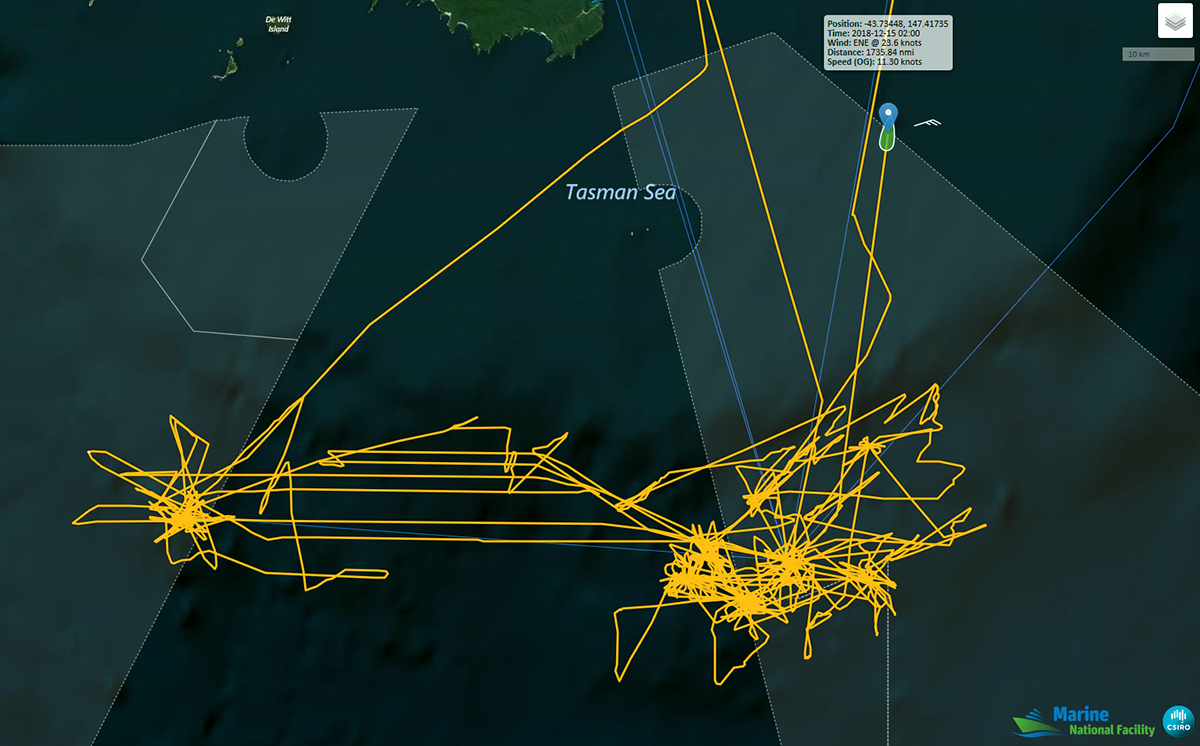
- Log in to post comments

